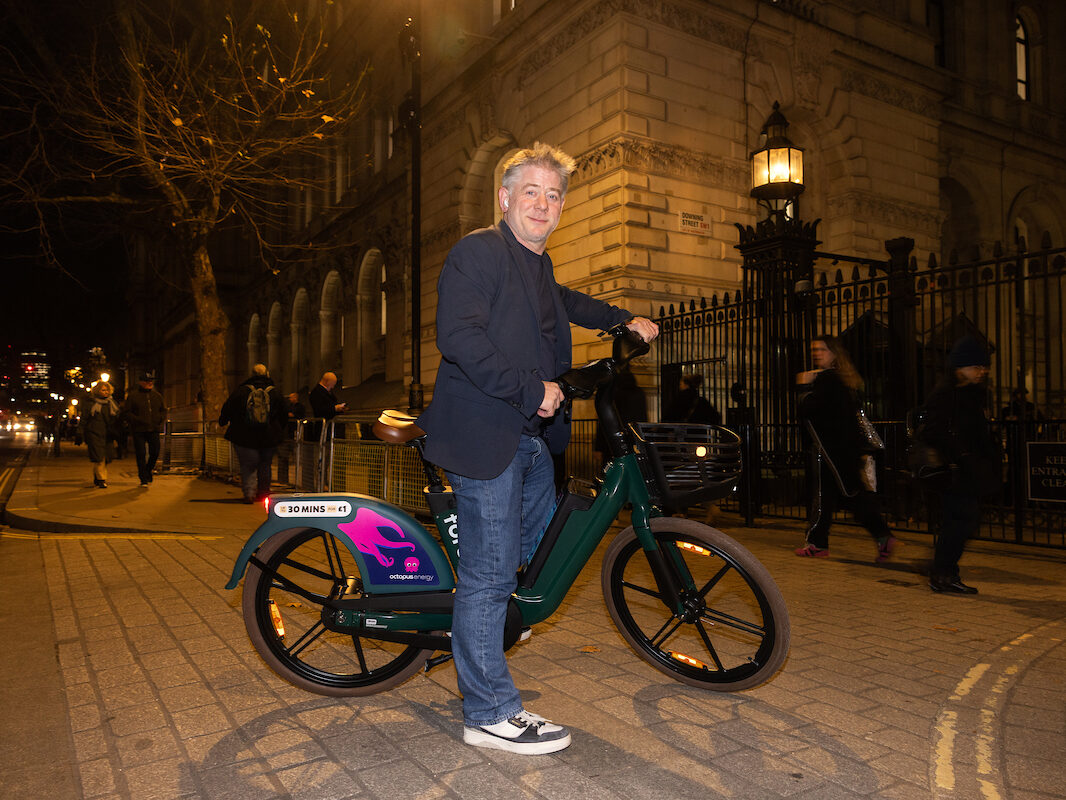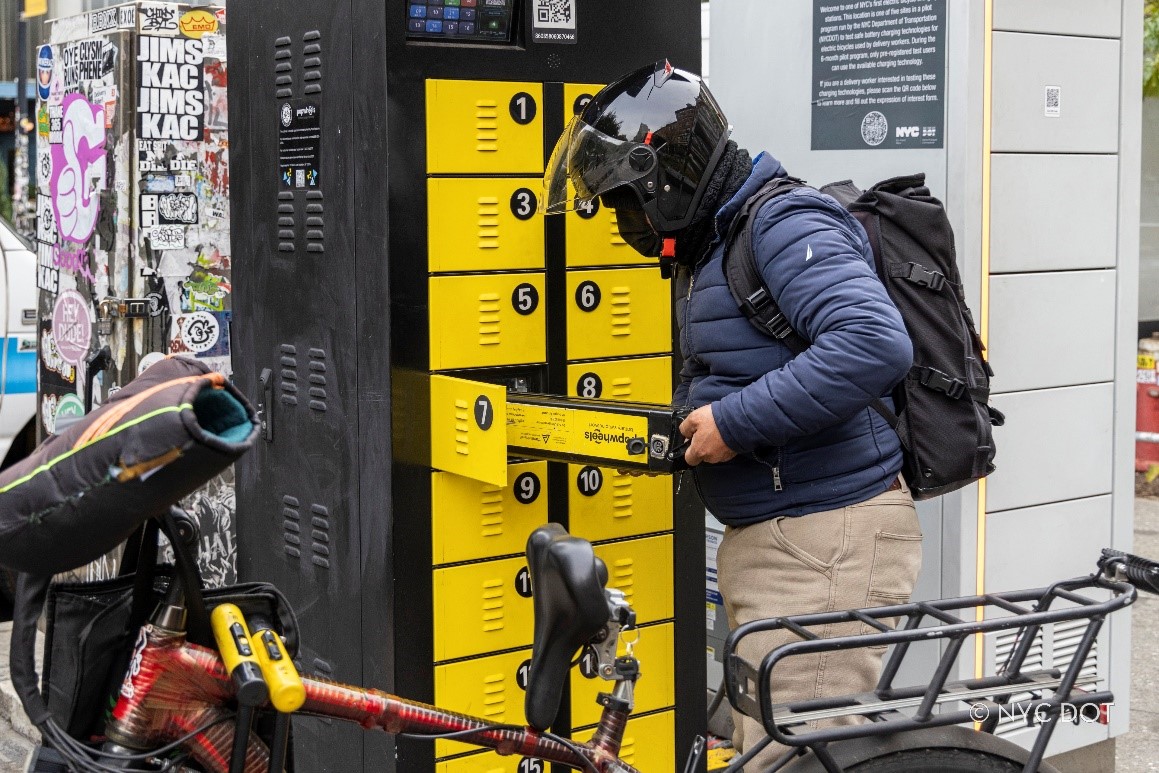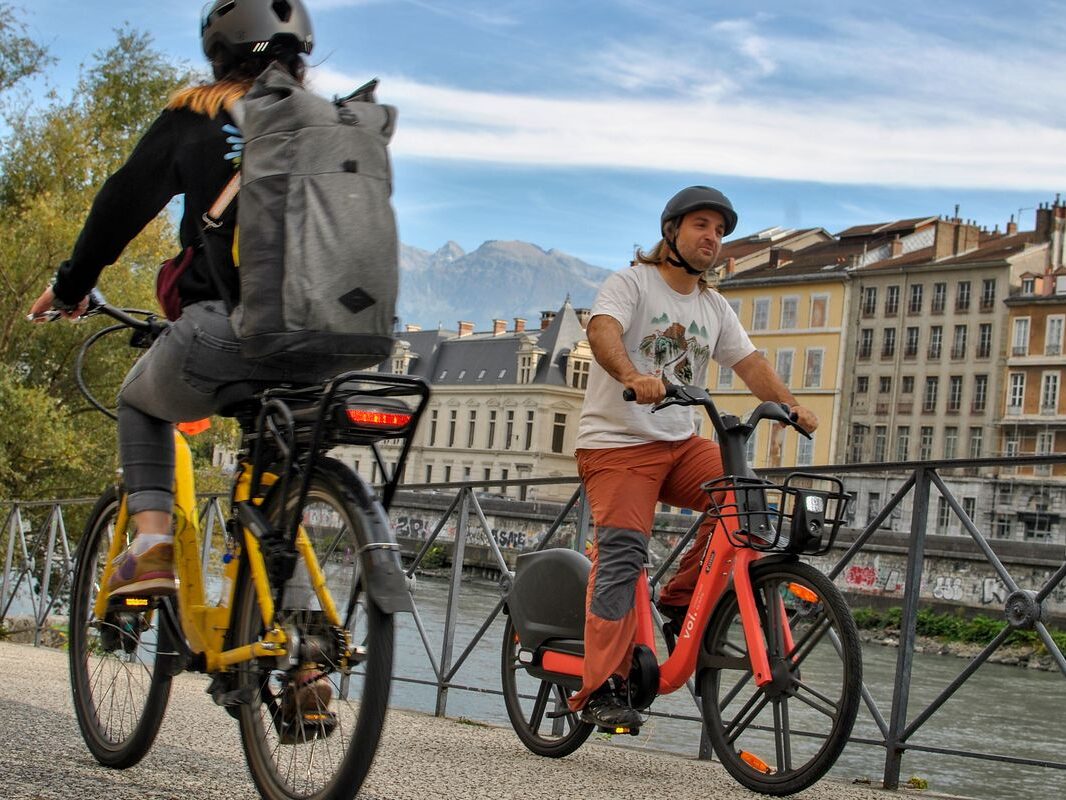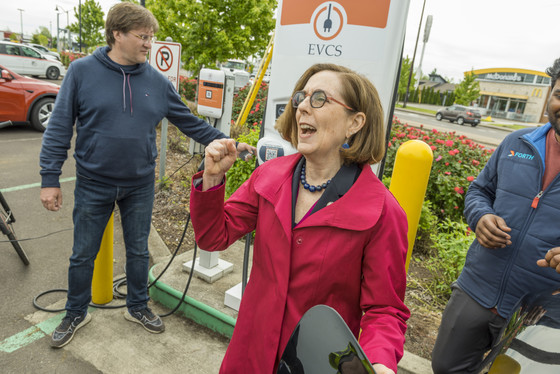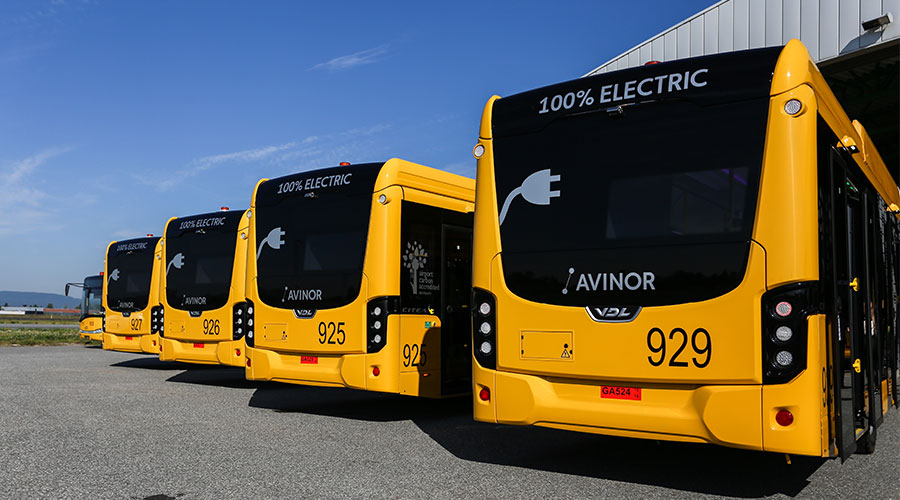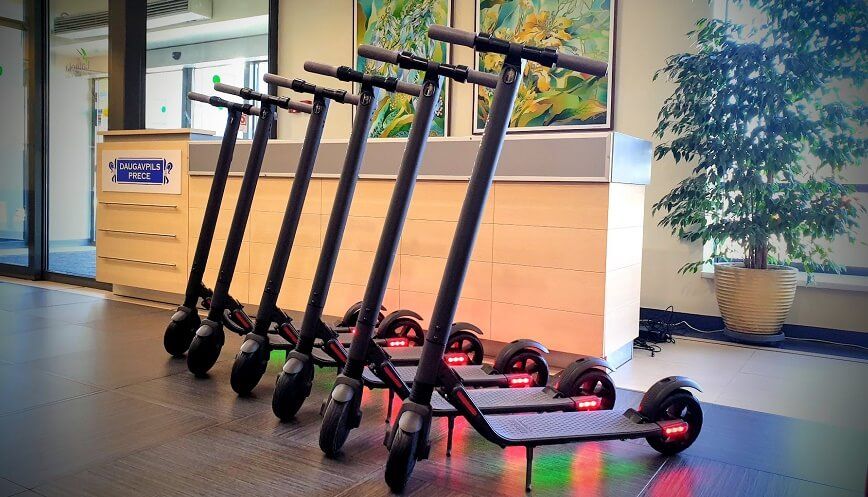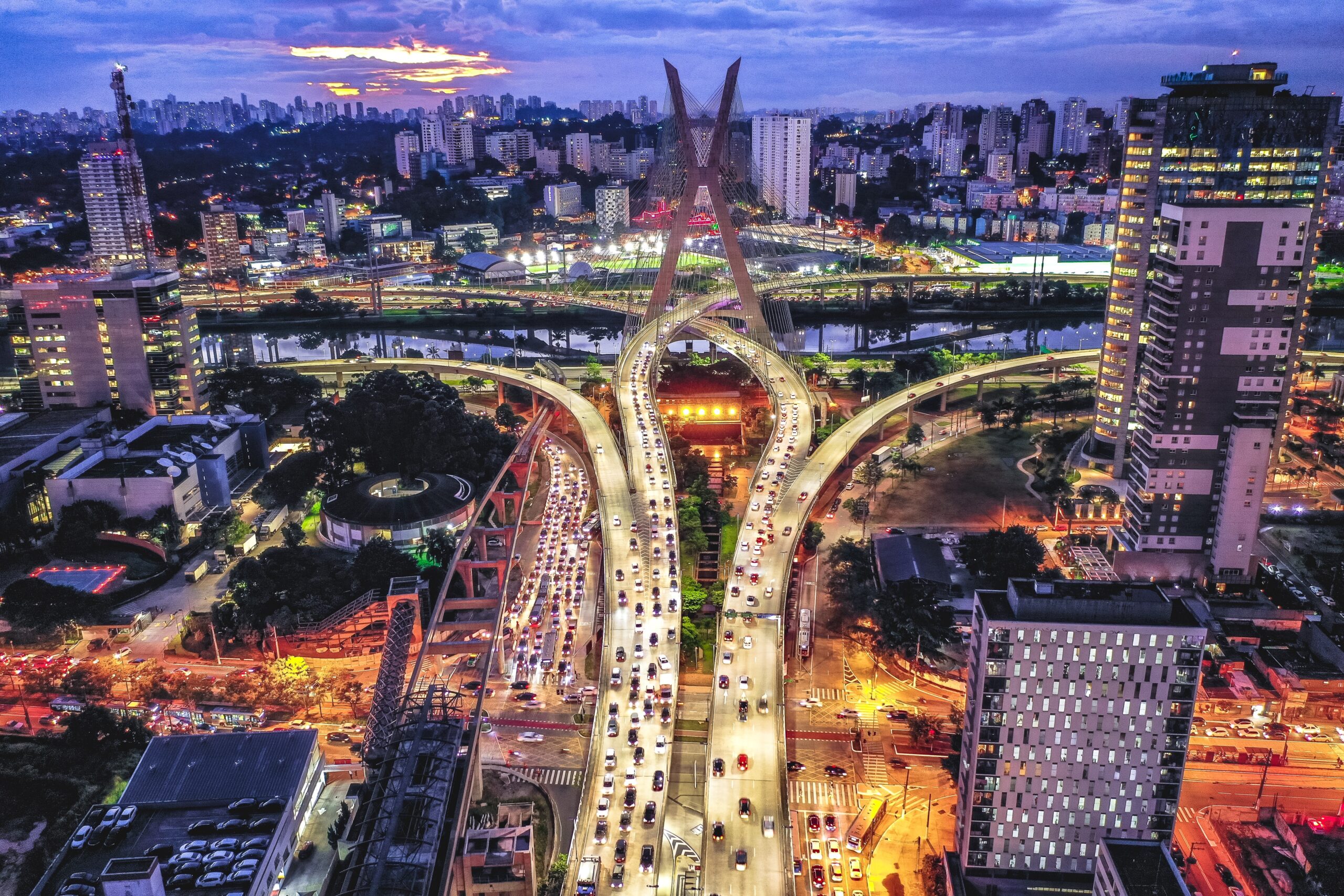The Metropolitan Transportation Authority (MTA) has announced plans to create a strategic action plan that will enhance bicycle, pedestrian and micromobility access to public transport facilities and services in New York City.
The MTA has hired Sam Schwartz Engineering as a consultant to support to the creation of the plan, which will be released later this year.
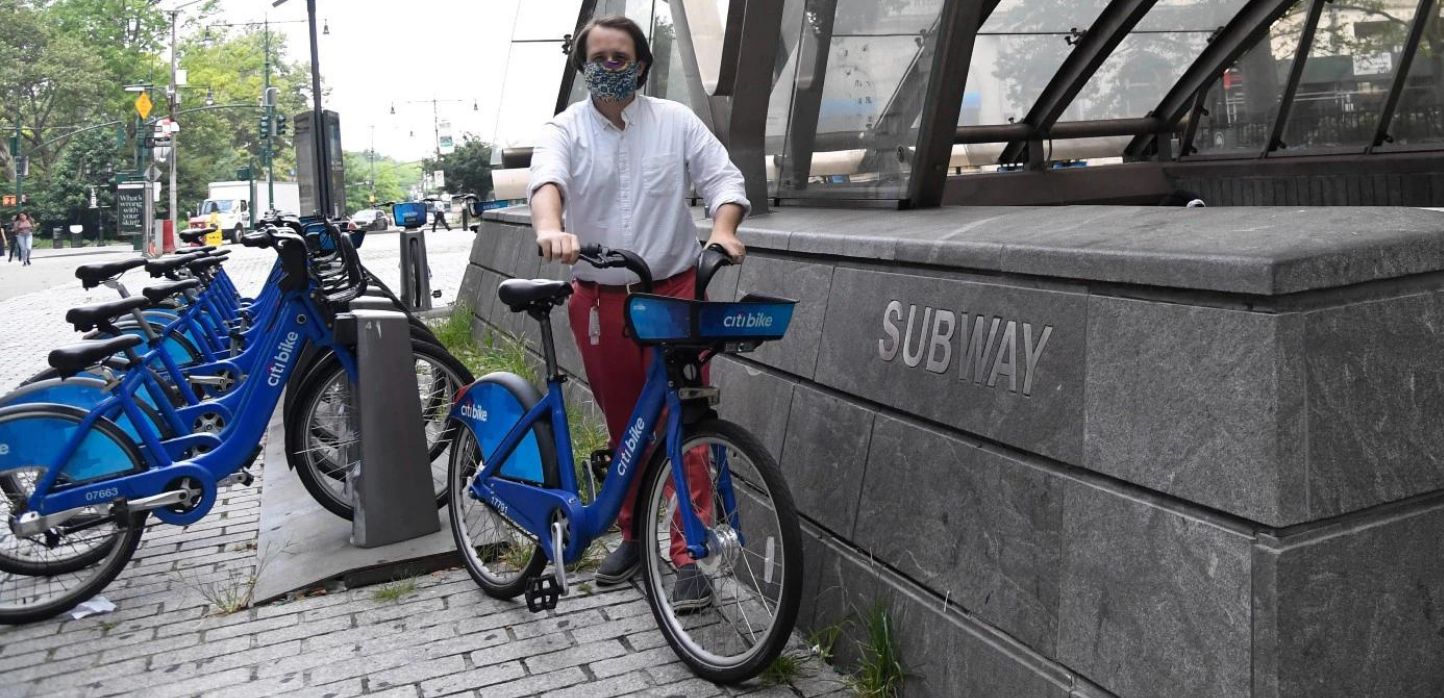
MTA Chair and CEO Janno Lieber said:We want to improve customer access to our environmentally friendly MTA services, however they get to their train or bus. As a cyclist myself, I know that biking can be the perfect complement to mass transit. This plan improves access to our services through cycling, walking, and micromobility and will help bring riders back and reduce our carbon footprint.
The strategic action plan aims to enable several improvements within New York’s transportation network, furthering the MTA’s commitment to creating equitable access to transit and sustainable transportation:
- Improved bicycle, pedestrian, and micromobility access to subway stations and bus stops
- Improved access at Long Island Rail Road and Metro-North Railroad stations
- Integrated trip planning and payment schemes with bike-sharing and electric scooter services
- Strengthened coordination with municipalities
- Improved pedestrian and bicycle access to and on MTA bridges
The public can submit comments and suggestions for the plan via the MTA webpage.
MTA Construction and Development President Jamie Torres-Springer said:I’m excited to see this major step toward the creation of our bicycle, pedestrian, and micromobility plan. At MTA Construction and Development, we are committed to enhancing mobility and accessibility throughout our system. This plan will reflect that, with real, tangible action steps to increase connections to our system and make it easier to move throughout the New York City region without ever getting in a car.
The MTA has already taken steps to increase bicycle, pedestrian, and micromobility access within its services:
- The MTA has eliminated the requirement to obtain a permit to bring a bicycle aboard LIRR or Metro-North trains
- Bicycle lockers have been installed at six Metro-North stations and eighteen LIRR stations
- More than 60 percent of Metro-North and LIRR stations outside of New York City include bicycle parking
- The MTA has installed permanent bicycle racks on buses operating on four routes: the S53, S93, Q50, and Bx23
- MTA Bridges and Tunnels has invested in bicycle and pedestrian access improvements including the new Morris Street Pedestrian Bridge and bicycle lanes and pedestrian crossings at Lily Pond Avenue
- In February, the MTA launched a secure bike storage pilot at Grand Central Terminal
Further improvements are also planned, including a partnership with the NYC Department of Transportation to site bicycle parking near subway stations.
New York City Department of Transportation Commissioner Ydanis Rodriguez said:Reliable mass transit is only as good as its surrounding infrastructure. With cycling booming and the city continuing to grow, the DOT is excited to partner with the MTA to better support healthy, environmentally friendly first- and last-mile trips. There are lots of great opportunities to improve conditions for pedestrians and cyclists transferring to buses and trains and we are working hand in hand improve transit access.
Following the MTA’s announcement, Sam Schwartz Engineering will evaluate the existing conditions and trends in bicycle, pedestrian, and micromobility movements and will align the strategic plan with best practices across the globe. The final plan will be produced later in 2022.
Sam Schwartz Engineering Principal and National Director Michael Flynn said:MTA’s infrastructure and services move the region. Their impact is even greater than subways, buses, commuter rail, and bridges alone – MTA can also support walking, cycling, and micromobility trips. Improving access and mobility for those modes will help achieve New York State’s climate action goals as well as increase transit ridership through more seamless first- and last-mile connections. The Sam Schwartz team is excited to work with MTA to create a durable, achievable, best-in-class framework for improving bicycle, pedestrian, and micromobility access and connectivity throughout the transit and bridge network.



